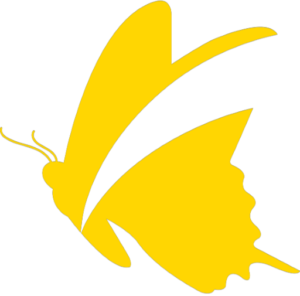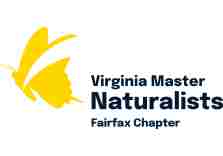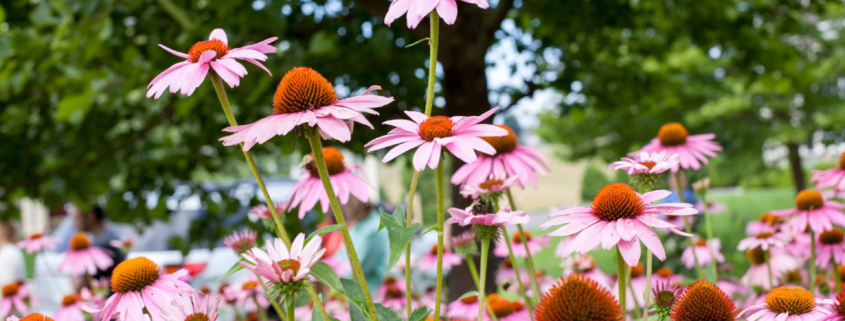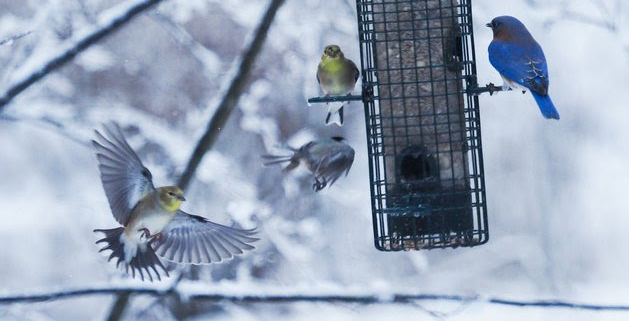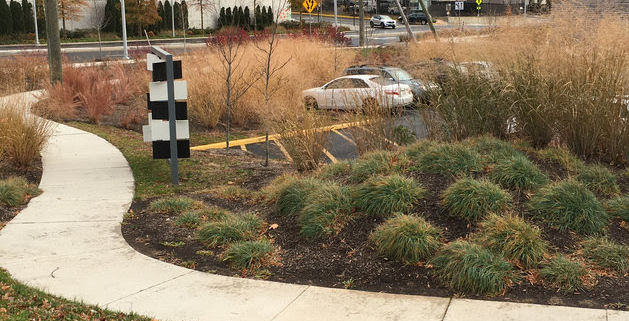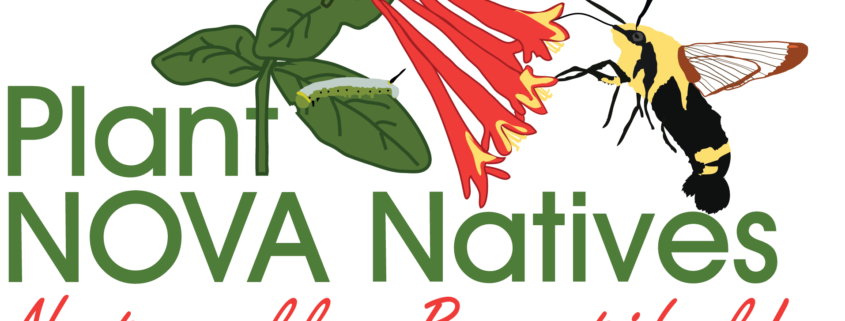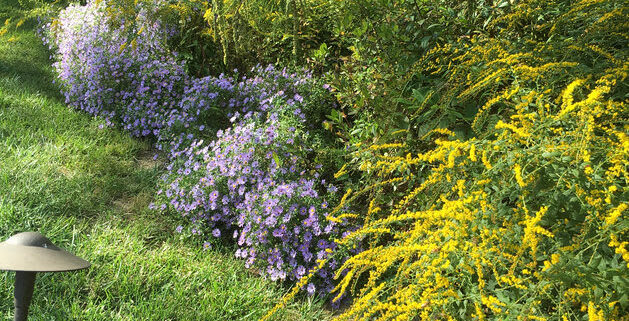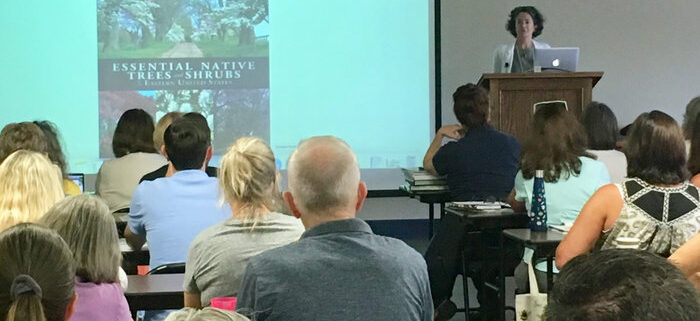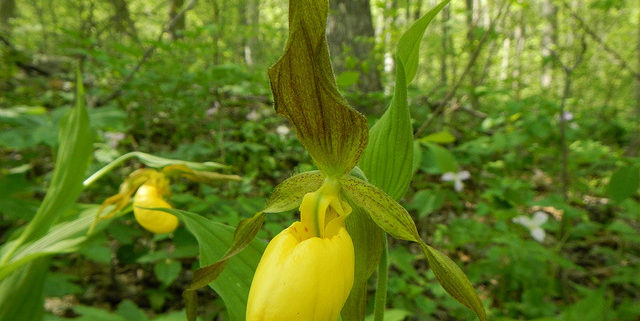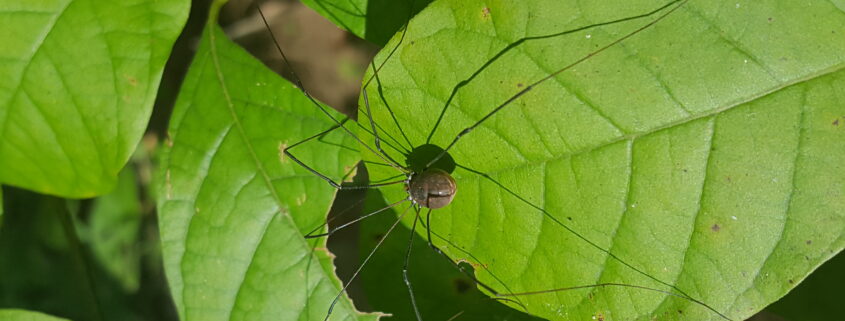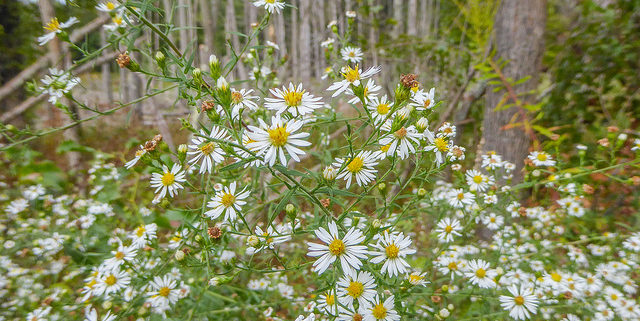Photo by Ana Ka’ahanui
Margaret Fisher
A commitment to stewardship of the Earth has a spiritual foundation in most faith communities. In recent years, many have come to understand that their responsibility for nature begins at home, at their places of worship. The true residents of churches, temples and mosques are not the humans using the buildings, which often sit empty for much of the week, but the birds, butterflies, frogs and a host of other small congregants who share the property. When faith leaders ask “Who are our neighbors?”, they do not have far to look.
As you drive around Northern Virginia, you may notice more and more places of worship that are incorporating native plants into their landscaping. Six communities were given an extra hand with that process when the Audubon-at-Home program and Plant NOVA Natives awarded them grants provided by the National Audubon Society’s Coleman and Susan Burke Center for Native Plants. Members of each community created landscaping projects in visible areas of the property with signs to explain that native plants support birds and other wildlife. The new plantings were part of a greater educational process to demonstrate to congregants how they can take action on their own properties to save the local wildlife. As places of worship often include large areas of impervious surfaces, converting sections of lawn to conservation landscaping can bring significant benefits to our streams and the Chesapeake Bay.
Grace Presbyterian now has several very visible pollinator gardens buzzing with bees. Organizer Dave Lincoln reports, “It seems every few weeks one of our Pastors brings up our obligations as stewards of God’s Creation, and most times they mention the importance of restoring productivity in our landscaping choices.”
According to Nancy Davis at Beth El Hebrew Congregation, “Service to the community is a basic part of Judaism. Our planting day with students in grades three through seven was a tremendous success. With the help of master gardeners, the students put in hundreds of native species purchased with money from the Audubon Burke grant, in a little more than two hours. Each student planted from one to three plugs or plants. Preschoolers did some planting on another day.”
Steve Wharton of St. Peter’s in the Woods writes, “Reaction to the Pollinator Garden has been very positive. This past Sunday the minister, Reverend Susan, stopped me to tell me that she usually pauses as she enters or leaves and takes a moment to see what is visiting the flowers. She said, “Yesterday there were the usual Bees, a Monarch Butterfly and a Hummingbird all in the garden at once.” She was quite excited about it. On my way out I was pleased to see a clear winged “hummingbird” moth. The bergamot in particular really draws in a wide variety of pollinators. Cannot wait to see what the garden attracts when the garden is more mature a couple years from now.”
The planting of native plants on the grounds of Our Lady Good Counsel Church and School has enhanced the awareness of nature particularly for families of preschool and elementary grade children. This focus on environmental stewardship is advocated by Pope Francis.
Crossroads United Methodist has long been involved in educating their own congregation and the surrounding community about the value of native plants. In 2017, they held a public screening of the movie Hometown Habitat, targeted at homeowners associations. They made use of the Burke Grant by converting large areas of lawn to native plantings near the church office entry. Beautiful sun and shade gardens now grace those areas.
McLean Islamic Center and Mosque held two plantings, one for the mosque’s entrance beds and one for the Gild Scout troop bed, and both were well attended. The Community Service Committee and the Sunday School followed up with a day that they initially called “How Green is your Deen?” “Deen” refers to religion, and children learned about the importance Islam places on preserving the environment and caring for other creatures.
For more details and many photos of these projects as well as ones at other places of worship, see the faith community section of the Plant NOVA Natives website. This web section is designed to help faith communities decide how to use native plants in their landscaping and how to educate themselves and the greater community about the importance of providing sanctuary on our own properties for our fellow beings. To see a few of those creatures in a church garden, watch this one minute video.
